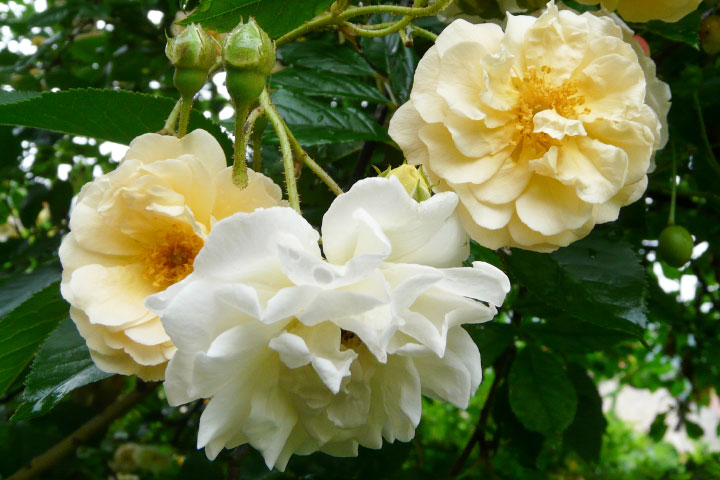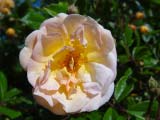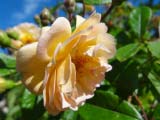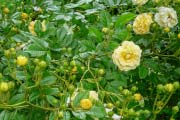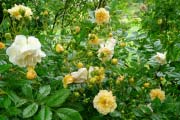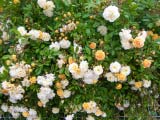A ROSE, A PORTRAIT
GHISLAINE DE FELIGONDE (1914-1994)
The association Roses Anciennes en France was contacted by the association for the safeguarding of the heritage of St Martin d'Uriage (Isère) while preparing a book about the local castle, former property of Mrs Ghislaine de Féligonde. The question is the following:By whom and why was a rose named after a two-year-old girl?
In 1916:- Ghislaine de Féligonde is 2 years old. She was the daughter of Count Charles de Féligonde and Odette de Martel.
- The rose 'Ghislaine de Féligonde', obtained by Eugène Turbat, received a merit at the competition of Bagatelle.
- Mr B. de Féligonde: "According to Ghislaine de Féligonde's direct testimony, it was a friend of her parents, Mr Jean Claude Nicolas Forestier, then director of the gardens of the city of Paris, who, in 1916, chose the young Ghislaine (born on 14 October 1914) as the godmother of a rose.".
- Mrs S.F. daughter of Madame Ghislaine de Féligonde: "Charles de Féligonde was seriously wounded during the First World War (a major war invalid) but was obviously not helped by his daughter in the cradle or by his wife. Of course, these Ghislaine roses spread widely throughout the Chantemesle area where a magnificent specimen used to climb one of the North towers. My mother died in 1994. She is buried in the Féligonde family vault. We planted cuttings of this rose which grew well along the cemetery chapel. There were extraordinary gardens at Chantemesle… What was magnificent was the vegetable garden and above all the orchards because my grandfather was passionate about fruit trees.".
All our thanks to the people who guided our research, to the close family members of Mrs Ghislaine de Féligonde, especially to her daughter who sent us photographs.
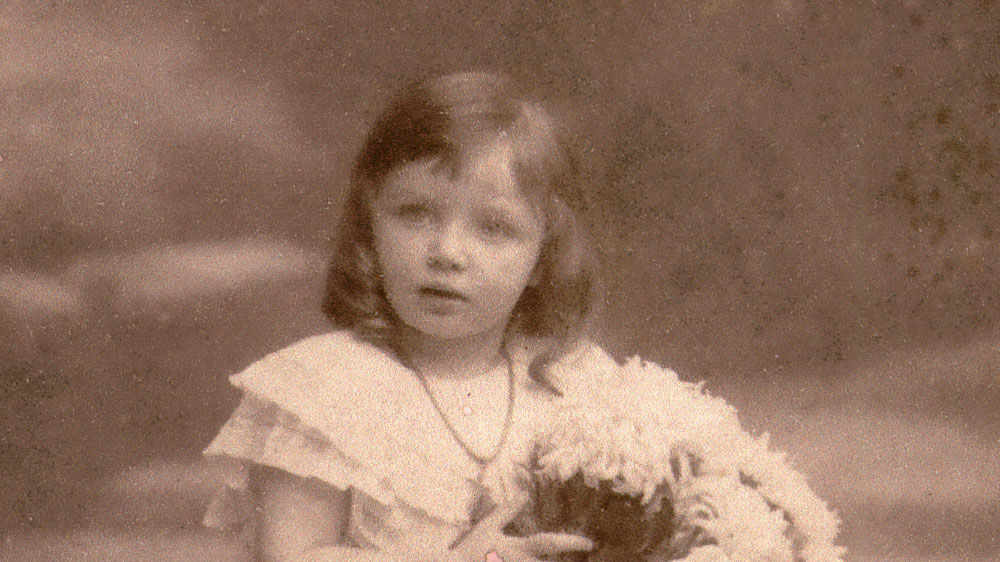 Ghislaine de Féligonde around 1920 |
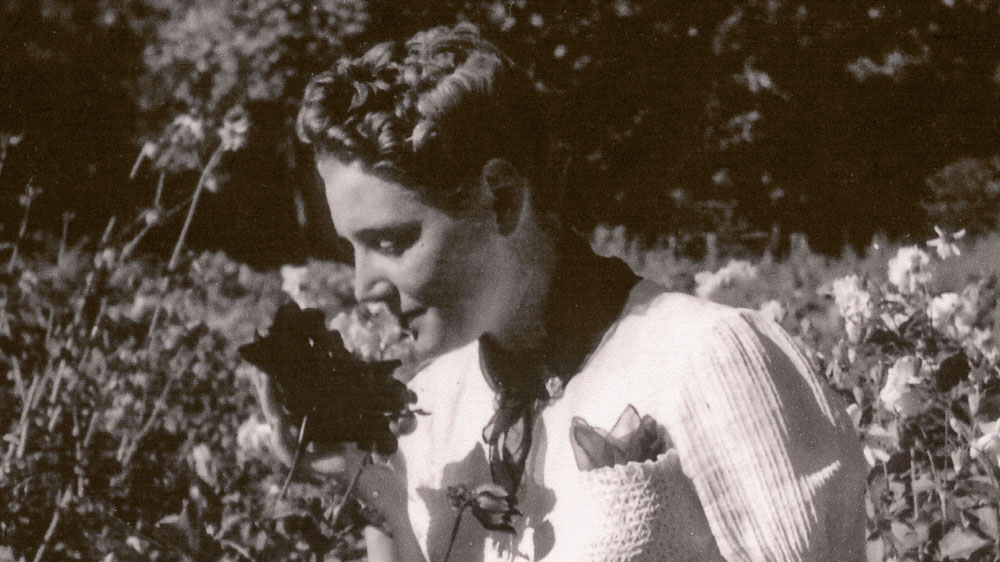 Ghislaine de Féligonde around 1930 |
Madeleine MATHIOT
Extract from the Association's Bulletin n°11 - Autumn 2005
Extract from the Association's Bulletin n°11 - Autumn 2005
